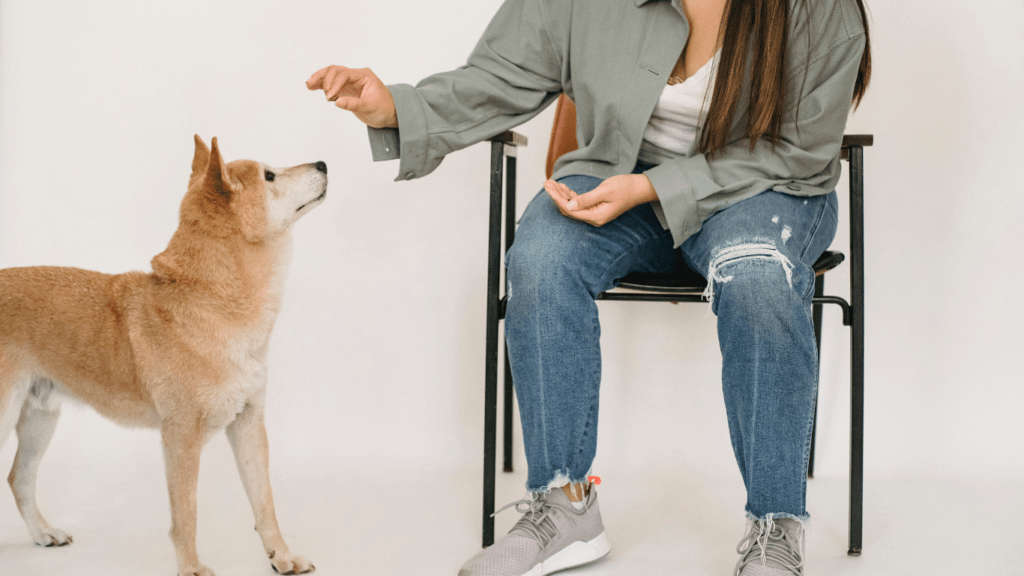Living in an apartment with a furry companion can be a rewarding experience, but it comes with its unique set of challenges, especially when it comes to house training. As a dog owner myself, I understand the struggles of balancing urban living with the needs of a pet.
In this article, I’ll share insights on the common hurdles faced when house training a dog in an apartment and provide practical solutions to make the process smoother for both you and your four-legged friend.
From dealing with limited outdoor space to managing noise complaints from neighbors, apartment living can present obstacles to effective house training. However, with the right strategies and a bit of patience, it’s possible to successfully teach your dog good bathroom habits even in a confined setting.
Join me as I delve into the world of apartment living with a dog and explore effective techniques to overcome house training challenges.
Understanding the Challenges
Having successfully house trained my dog in an apartment, I understand the unique challenges that come with this process. One significant obstacle is the limited outdoor space available for regular potty breaks.
The constraint of a small living area can make it harder for your dog to express its natural behavior and signals for going outside.
Another common challenge is potential noise complaints from neighbors due to your dog’s barking or whining, especially during the initial stages of potty training. This can add another layer of difficulty to the already complex task of house training in a shared living environment.
Understanding these challenges is crucial to developing effective strategies and solutions to ensure a smooth and successful house training process for your dog in an apartment setting.
Establishing a Routine
Establishing a routine plays a vital role in successfully house training your dog in an apartment. Consistency is key to helping your furry friend understand where and when they should relieve themselves.
Creating a Schedule
- Establish a Schedule:
Take your dog out first thing in the morning, after meals, and before bedtime to create a consistent routine. - Prevent Accidents:
Adhering to a regular schedule helps prevent indoor accidents and reinforces good potty habits.
Designating a Potty Area
In an apartment setting, designating a specific potty area for your dog is essential. I suggest choosing a spot outside that is easily accessible and consistently using that area for potty breaks.
Using verbal cues like “Go potty” can help your dog associate the area with the behavior you want. Remember to praise and reward your dog when they go in the designated spot to reinforce the positive behavior.
Dealing with Accidents
When accidents happen during the house training process in an apartment, it’s important to address them promptly and effectively to reinforce positive habits in your dog. Accidents can occur due to various reasons, such as a break in the routine, sudden changes in the environment, or incomplete training.
It’s crucial not to scold your dog for accidents as it can create anxiety and confusion, hindering the training progress.
To deal with accidents, I recommend cleaning up the mess thoroughly using an enzymatic cleaner to eliminate any lingering scent that might attract your dog to the same spot. Additionally, revisit the basics of house training by reinforcing the potty schedule, supervising your dog more closely, and providing more frequent potty breaks, especially after meals and playtime.
Consistency is key in addressing accidents and preventing them from recurring. By staying patient, maintaining a routine, and offering positive reinforcement when your dog eliminates in the correct spot, you can effectively navigate through this phase of the house training process.
Remember, accidents are a normal part of the learning curve, and with dedication and consistency, both you and your dog can overcome them successfully.
Using Positive Reinforcement Techniques
In training my dog in an apartment, I’ve found that using positive reinforcement techniques has been incredibly effective. Positive reinforcement involves rewarding your dog for good behavior rather than punishing them for mistakes. This method not only encourages desired actions but also strengthens the bond between you and your furry friend.
When implementing positive reinforcement, it’s essential to use rewards that motivate your dog. These rewards can be treats, verbal praise, or favorite toys. By associating these rewards with correct behaviors like using the designated potty area, your dog learns to repeat these actions to earn the rewards.
Consistency is key when using positive reinforcement. Ensure that you reward your dog immediately after they exhibit the desired behavior. This instant feedback helps them make the connection between their actions and the reward, reinforcing the behavior you want to see repeated.
Patience is crucial when training your dog with positive reinforcement. Remember that learning takes time, and your dog may not grasp the training concepts immediately. Stay patient, provide consistent rewards, and celebrate small victories along the way.
By employing positive reinforcement techniques in your apartment training routine, you can effectively teach your dog the right behaviors while fostering a positive training environment.


 As a dedicated helper in building Animal Potty Care, Bella MacCarthy brings her expertise in pet training and behavior management to the platform. Her hands-on experience with a variety of pets has equipped her with the skills to develop effective resources and solutions for pet owners. Bella plays a key role in curating content that helps pet owners navigate the challenges of potty training and behavioral issues, ensuring that the platform remains a valuable tool for improving the lives of pets and their owners.
As a dedicated helper in building Animal Potty Care, Bella MacCarthy brings her expertise in pet training and behavior management to the platform. Her hands-on experience with a variety of pets has equipped her with the skills to develop effective resources and solutions for pet owners. Bella plays a key role in curating content that helps pet owners navigate the challenges of potty training and behavioral issues, ensuring that the platform remains a valuable tool for improving the lives of pets and their owners.